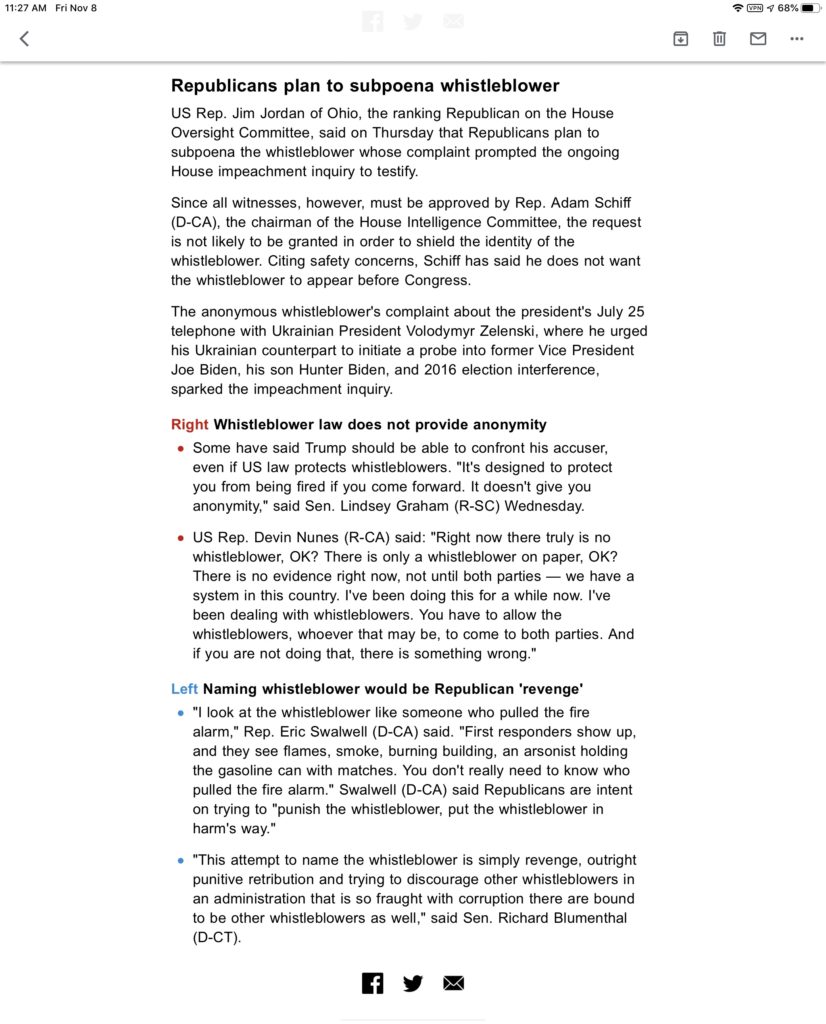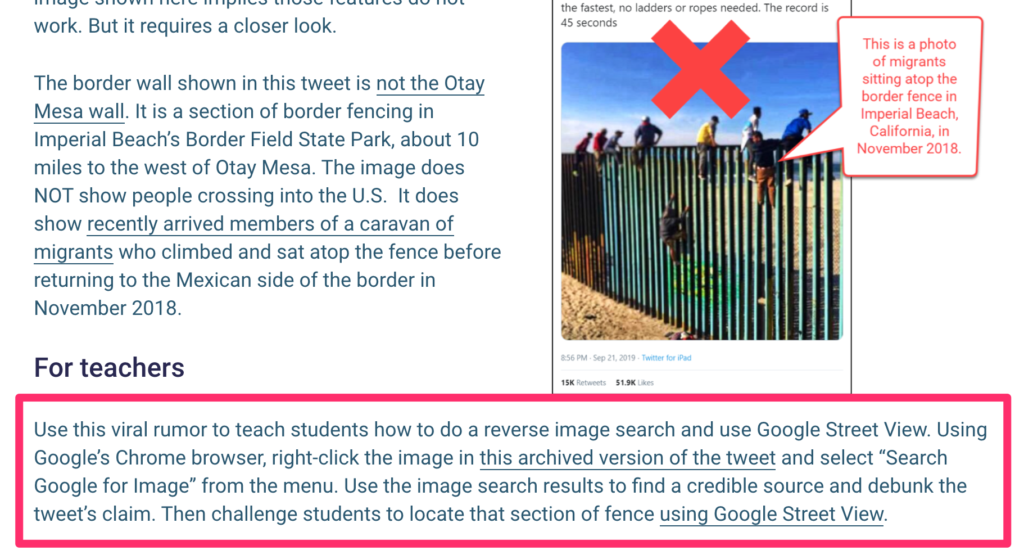A recent post on the Langwitches blog prompted my own extension. The Langwitches post identifies multiple past posts by the author focused on new literacy skills.

Are there really new literacies or is an attempt to generate interest by relabeling? Yes, educational “thought leaders” are not above relabeling to attract attention. I like Leu’s way of making the case for being open to a perspective arguing for the development of different competencies. There is no doubt we spend a great deal of time online and a significant amount of this time is dedicated to finding, processing, and sharing information to learn.
I have spent considerable time over the years writing about learning with technology and how it is different from reading to learn.
Of the research I have read and assigned to my students, Donald Leu has done the best job of identifying and making the case for the skills that differentiate online literacy from more traditional ways of thinking about literacies. I provide several references to Leu and colleagues at the conclusion of this post.
Leu’s model reminds me of the structure for information problem-solving librarians described as the Big-6. I don’t find many educators who have heard of this stage model that identifies stage linked skills, but I use it in the way I describe the multiple proficiencies important in learning from Internet resources. If you take the time to explore both Leu’s list of new literacy skills and the Big-6, I think you see the similarities.
Among the issues that Leu and colleagues identify as making online, self-directed learning unique are the following (I am interpreting here so my summarization may not be exactly what the original authors had in mind):
– We typically go to the Internet with a goal in mind rather than working with content designed to identify goals for us.
– To meet our self-defined goal, we must know how to find relevant information.
– The information we encounter in our search may require the integration of ideas across sources and the elimination of flawed or erroneous ideas.
– Not all information will be presented as text so we must be capable of mixing information encountered in different formats.
– We often are working with others or perhaps to counter the arguments of others to make use of the information we are collecting so sharing and integration of our own work others is necessary.
One of the interesting directions that Leu’s work has taken his group to investigate has been to demonstrate that the implementation of these skills at present varies as a function of income differences. The 2016 article I cite focused on this issue and demonstrated that income gaps exist after accounting for income gaps in traditional reading comprehension. Aside from arguing that education has not closed this gap, the independence of the skills indicates that present literacy development practices are not sufficient to assure online learning competency.
Leu, D. J., Zawilinski, L., Forzani, E., & Timbrell, N. (2014). Best practices in teaching the new literacies of online research and comprehension. Best practices in literacy instruction, 343-364.
Click to access Leu-D.J.-Zawilinski-L.-Forzani-E.-Timbrell-N.-in-press.pdf
Leu, D. J., Forzani, E., Rhoads, C., Maykel, C., Kennedy, C., & Timbrell, N. (2015). The new literacies of online research and comprehension: Rethinking the reading achievement gap. Reading Research Quarterly, 50(1), 37-59.
![]()




You must be logged in to post a comment.